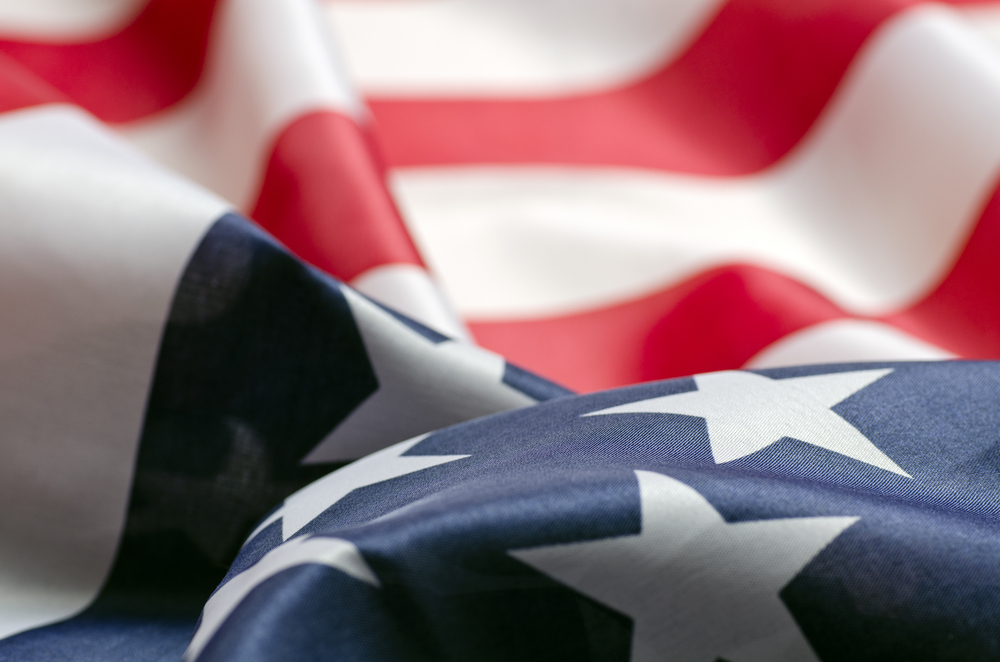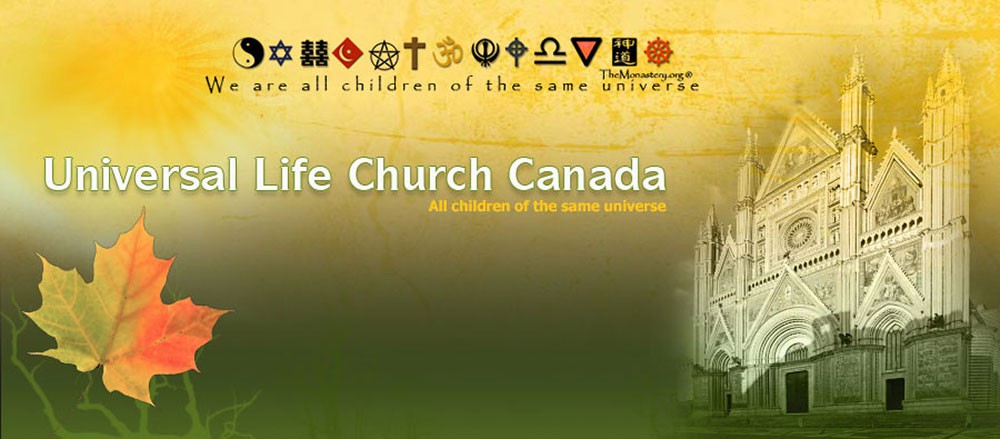Things To Do Before and Right After You Move to the United States

For some engaged or newly married Canadians, life’s journey will take them south of the border on a more permanent basis. Employment opportunities, enterprise, education or even the union itself may mean a move to the United States. Thousands of Canadians leave the Great White North each year to parts south. Almost 2% of the 42 million immigrants within the US hail from the nation whose name descends from the St. Lawrence Iroquoian word Kanata, which translates to “village” or “sentiment.” While the two nations share the world’s longest border and other cultural elements, there’s a lot that you might not know about life in the States. Here are some things you should do before and right after you move.
Deciding Where To Live In The U.S.
The United States is the world’s third-most-populous nation behind China and India. It’s also the third in size by total area. It’s a place that has diverse regions in terms of climate and culture. You shouldn’t assume that you know what a place is like based on media and literature. The largest city, New York City, is itself a collection of various neighborhoods with various influences and personalities. If work and education are bringing you south of the border, the location may dictate your choices. Canada is a place that is intimately familiar with very cold temperatures in the winter. Parts of the Southern and Western United States have mild winters and extremely hot summers. The cost of living varies greatly from place to place. Keep all these in mind as you plan.
Applying for a Social Security Number
A social security number (SSN) is a nine-digit number assigned to citizens, permanent residents and temporary workers by the Social Security Administration, an agency of the federal government. This number acts sort of as a national ID for taxation and other purposes. Often various records for credit, education, health care and employment are sorted and indexed using the SSN. You will need an SSN to do the following:
- Open an account with a financial institution
- Complete a tax return
- Apply for a driver’s license
- Apply for a federal loan
- Secure some types of public assistance
Opening a Bank Account In The U.S.
Having a checking account with a US bank is convenient for depositing paychecks and withdrawing money to pay bills and make purchases. Once you have your SSN and a mailing address, you’ll need to pick a bank or credit union for your money. Think about the type of personal banking features you’ll need, such as debit cards, automatic teller machines, branch locations and online access. You should go with an institution that has locations and amenities that are convenient to your lifestyle.
Establishing Credit
Building credit in the United States is an important part of putting down roots. If you want to finance a home or car purchase, lenders will look at your credit history to see how likely you are to repay your debts in full. If you want to rent an apartment, open an account with a utility provider or even work for some companies, your credit history will be reviewed. Having Canadian credit may not be enough for you to do all the things you need to do. Consider applying for a secured or prepaid credit card to start building a borrowing history stateside. By paying your balance on time each month, you’ll slowly build good credit to be eligible for the most favorable loan terms and conditions.
Starting a new phase of life in a new place can be very exciting, especially in the United States. There is much to offer, but it’s important to attend to a few matters as soon as possible. Think carefully about the life that you and your partner want to have and plan accordingly.

